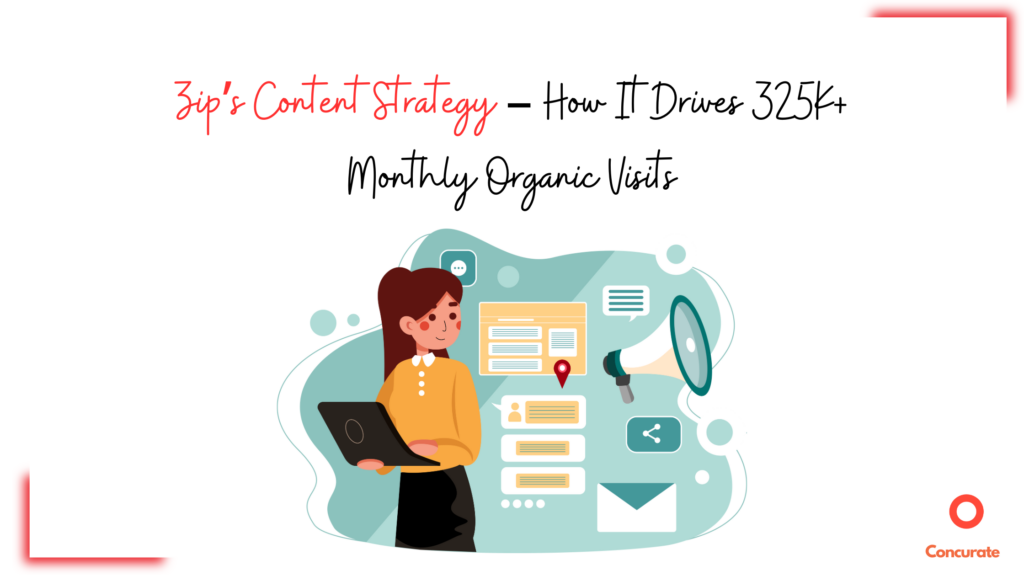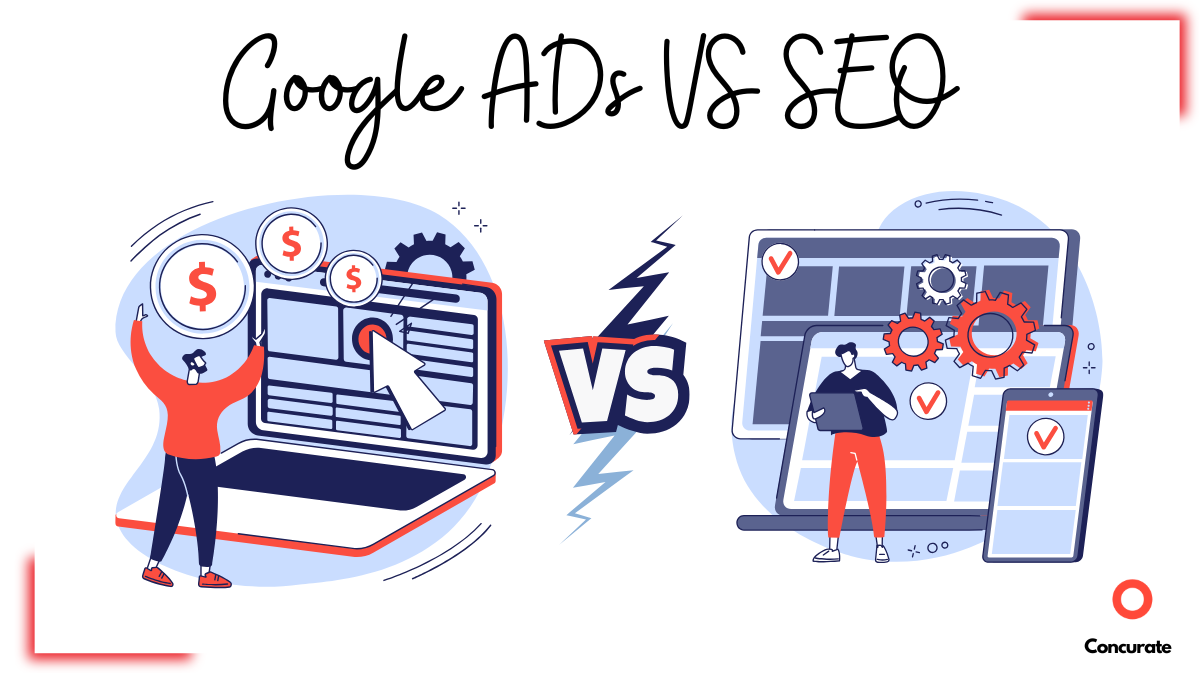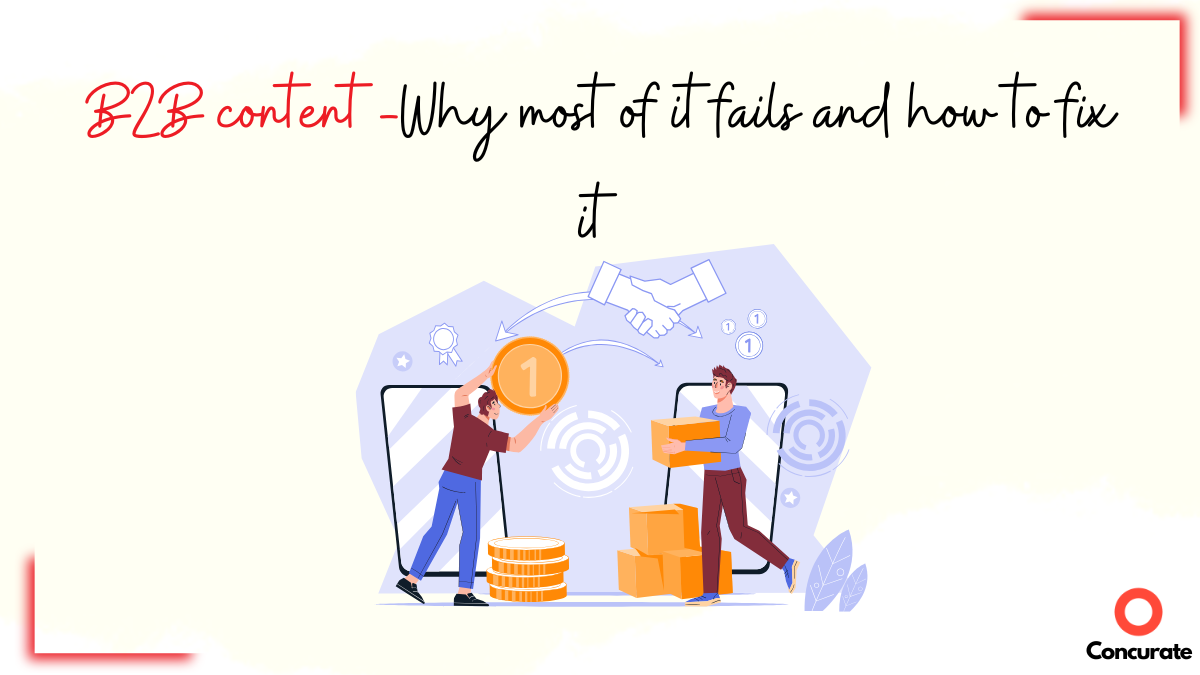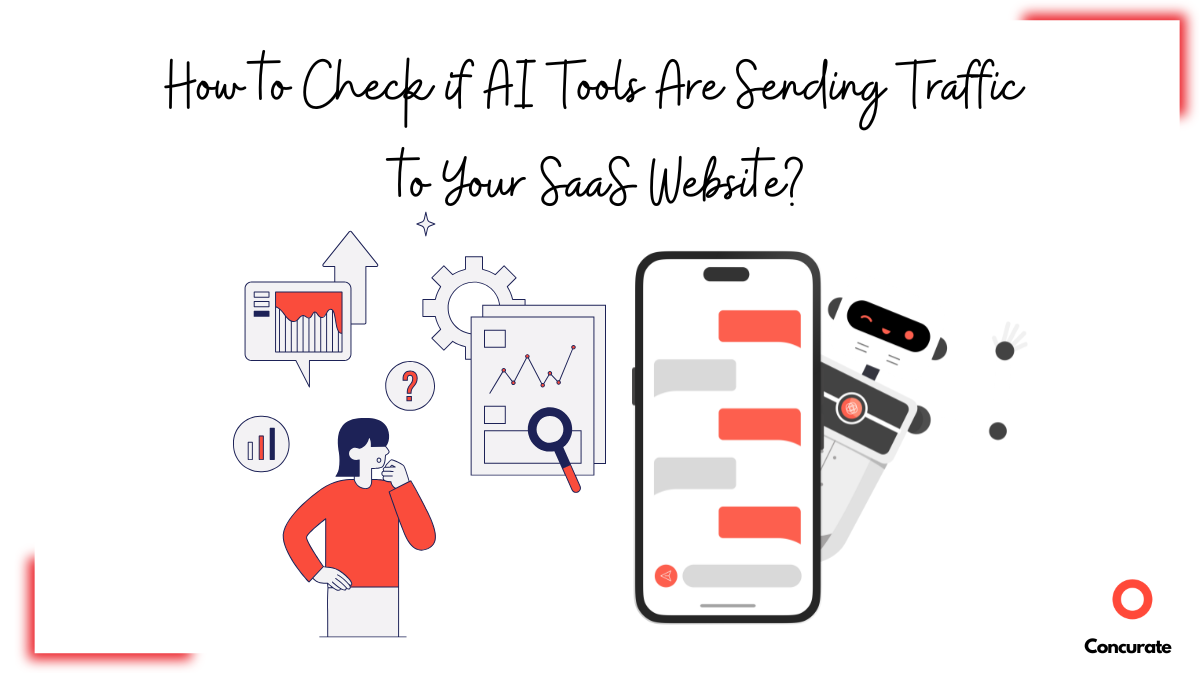Consumers searching for buy now, pay later (BNPL) solutions are not just browsing. They are actively evaluating payment options. Zip’s content strategy ensures that these searches lead directly to its platform.
With 325K+ monthly organic visits, Zip captures traffic by structuring its content around high-intent user journeys. Instead of producing generic financial advice, its approach focuses on guiding users toward action.
By analyzing its top-performing pages, we uncover three key content pillars that make Zip a dominant player in BNPL search results.
1. Branded Content That Keeps Users in the Zip Ecosystem
Zip ensures that users searching for its brand name or related terms find its platform instead of third-party review sites or competitors. The Zip homepage ranks prominently for these searches, reinforcing brand authority.
Beyond direct brand searches, Zip’s content strategy extends to transactional terms that indicate customer intent. Queries like “Quadpay login“ or “Zip customer service“ lead to relevant landing pages that make it easy for returning customers to complete their actions.
This approach reduces friction. Users do not have to navigate multiple pages to find what they need. Zip’s branded content ensures that every step, from product discovery to repeat transactions, happens within its ecosystem.
When it comes to owning branded search traffic, businesses must ensure users don’t land on competitor sites. A great example of this is explored in How HubSpot Captures Leads & What You Can Learn. It discusses how HubSpot ensures users searching for its tools stay within its ecosystem, much like Zip does for BNPL searches.
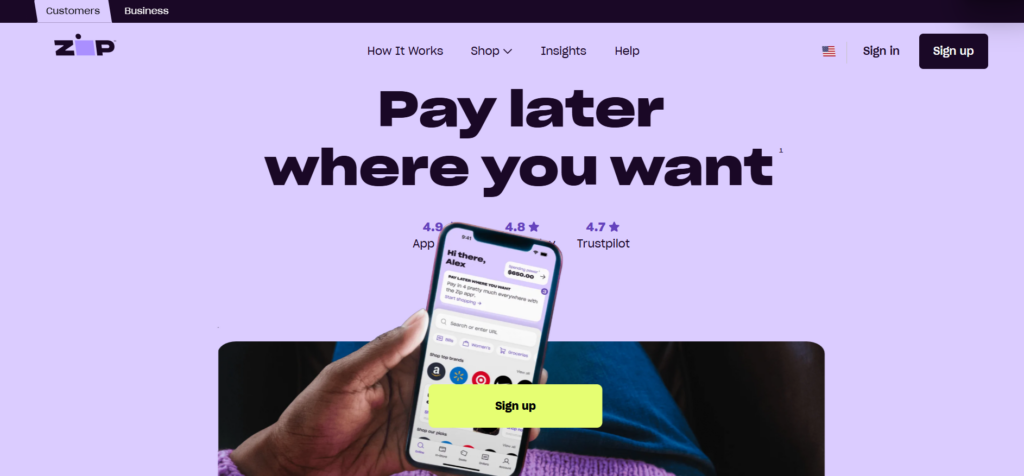
Source: ZIP
Why This Works
- Protects brand-driven traffic from being intercepted by third-party sites.
- Reduces customer drop-off by guiding users to the right pages seamlessly.
- Strengthens engagement by ensuring Zip remains the go-to BNPL solution.
2. Transactional Pages That Drive Decision-Stage Conversions
BNPL users often compare multiple providers before making a choice. Zip ensures that when potential customers evaluate buy now, pay later options, they find content that leads them toward its services.
A strong example is Zip Money. This page explains how Zip’s installment plans work while offering a clear path to sign-up. Instead of broad financing guides, the content remains focused on helping users take action.
By prioritizing transactional content, Zip aligns its content with buyer intent, increasing conversions from high-value searches.
Capturing high-intent buyers at the decision stage is crucial for driving conversions. A similar strategy is discussed in How to Optimize SaaS Landing Page Copy for Conversions. It highlights how structuring landing pages around user intent, much like Zip Money’s sign-up flow, can increase engagement and conversions.
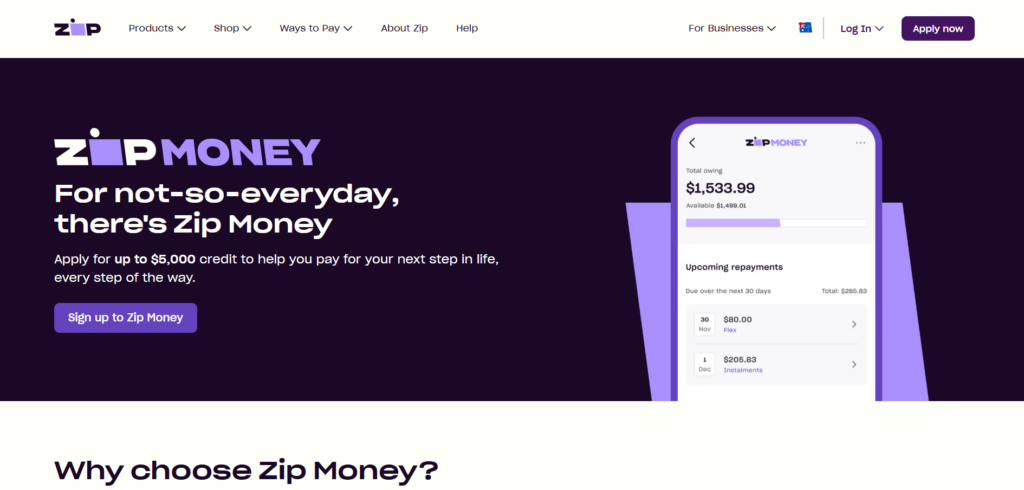
Source: ZIP
Why This Works
- Captures decision-stage users actively evaluating BNPL options.
- Reduces bounce rates by providing side-by-side comparisons of Zip vs. competitors.
- Encourages immediate sign-ups by making the next steps clear.
3. Support Content That Strengthens Customer Retention
Many of Zip’s highest-performing pages focus on help and support queries. Instead of relying solely on sales-driven content, Zip invests in resources that improve customer experience and retention.
The Help Center provides structured answers to common queries, such as billing issues, refund policies, and account management. This ensures that users searching for customer service information find solutions directly from Zip.
For a BNPL provider, clarity on fees and payments is crucial. Users looking for assistance are often in the middle of a transaction or trying to resolve an issue. By ranking for these queries, Zip reduces reliance on third-party forums while reinforcing trust.
Providing structured help content is one of the most effective ways to retain customers and build brand trust. A great breakdown of this is in How to Build a Strong Customer Experience Through Content. It explores how well-structured help centers reduce churn, much like Zip’s approach to addressing customer service queries.
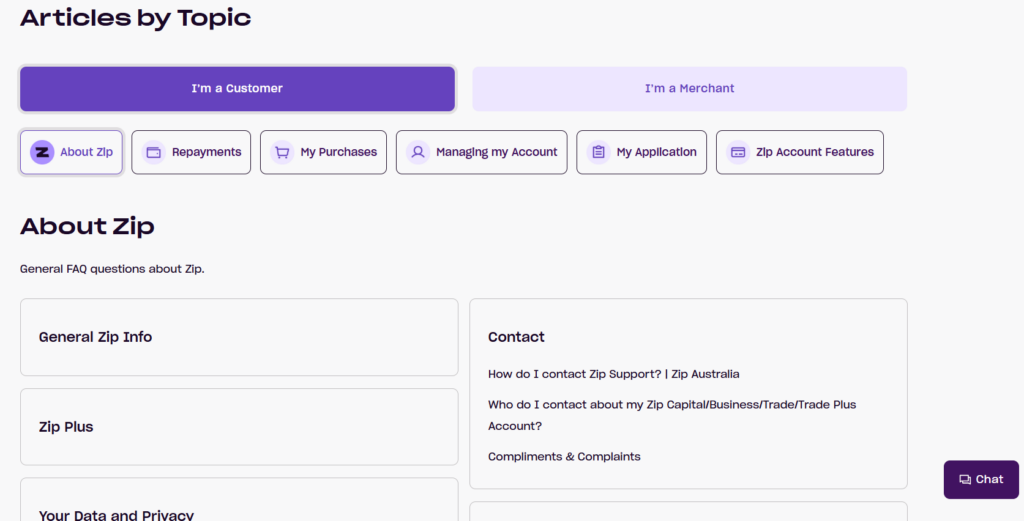
Source: ZIP
Why This Works
- Reduces customer frustration by offering easy access to answers.
- Minimizes reliance on third-party support platforms and forums.
- Improves long-term engagement by building trust through clear, accessible information.
Why Zip’s Content Strategy Works
Zip’s content strategy does more than attract visitors. It creates clear pathways from search to transaction, ensuring that potential customers find what they need without leaving the Zip ecosystem.
Branded content captures returning users and directs them to relevant pages.
Transactional content helps buyers evaluate financing options and choose Zip over competitors.
Support content builds long-term trust, making it easier for customers to return.
This approach transforms content into a strategic business driver. Zip does not just publish pages, it builds customer journeys that drive engagement and conversions.
Want a Content Strategy That Converts?
Traffic alone does not build a brand. A structured content strategy ensures that visitors engage, convert, and return.
At Concurate, we help businesses create SEO-driven, product-led content that aligns with real customer intent. Instead of writing for algorithms, we craft high-intent content that drives measurable business results.
If you’re looking for a content strategy that moves beyond rankings and delivers real impact, let’s talk.


